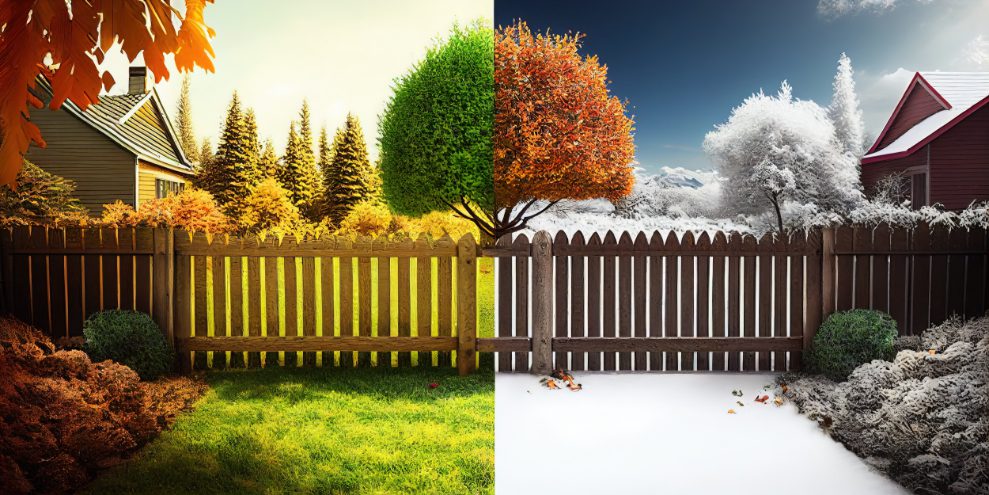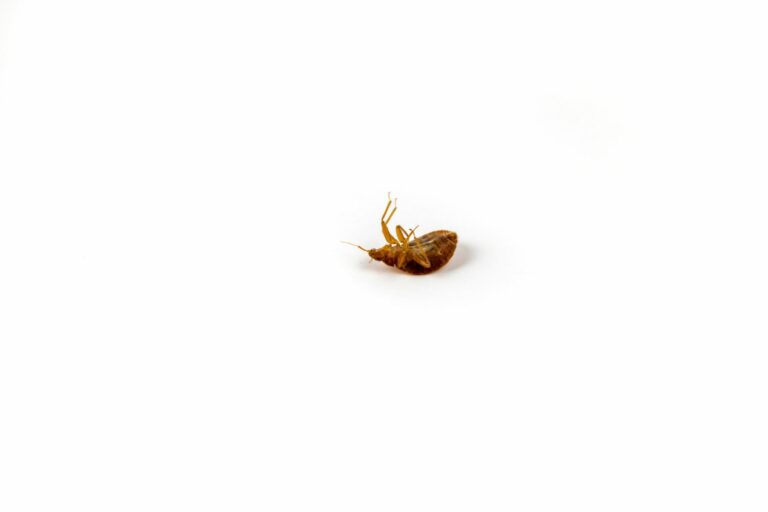Are Bed Bugs More Common in Winter or Summer?
Are bed bugs more common in winter or summer? This is a question that many people ask, especially during the colder months when the temperature drops. In this post, we will explore the factors that contribute to bed bug infestations and investigate the differences between the two seasons. We will also discuss how bed bugs reproduce and move around during varying seasons, and what factors increase the risk of bed bug infestations in homes.
What do Bed Bugs Look Like?
 Bed bugs are nasty pests that can cause havoc in any household, but what do bed bugs look like? To most people, bed bugs look like any other beetle or bug, making them hard to identify. However, knowing what to look out for can make it easier. They are tiny, brownish-red insects that feed on human blood and can cause itching, allergic reactions, and sleepless nights.
Bed bugs are nasty pests that can cause havoc in any household, but what do bed bugs look like? To most people, bed bugs look like any other beetle or bug, making them hard to identify. However, knowing what to look out for can make it easier. They are tiny, brownish-red insects that feed on human blood and can cause itching, allergic reactions, and sleepless nights.
What Does an Infestation of Bed Bugs Look Like in Different Seasons
Bed bugs look like small insects resembling beetles in appearance, and can be found all year round. However, there are certain seasons that are more prone to infestations than others. According to experts, bed bug activity tends to increase during the summer months. This is because warm and humid weather conditions create a favorable environment for the pests to breed and thrive.
However, this does not mean that bed bugs are not active during the winter months. In fact, bed bugs remain active in temperatures as low as 46 degrees Fahrenheit, so they can easily survive the colder months.
Exploring the Factors That Contribute to Bed Bug Activity
There are several factors that contribute to bed bug activity, including temperature, humidity, and availability of food (which in this case is human blood). Bed bugs are attracted to the heat emitted from the human body while asleep, as well as the carbon dioxide we exhale, making bedrooms the most common place for bed bug infestations. They can also be found in other areas of the house, such as furniture, carpets, and even walls.
Investigating the Differences in Temperature and Humidity Levels During Each Season
The temperature and humidity levels during each season play a significant role in bed bug activity. When looking at what the ideal conditions for bed bugs look like, humid temperatures between 70-80 degrees Fahrenheit allow them to grow and reproduce most efficiently.
However, in winter, home heating systems and insulation can create warm pockets of air that are favorable for bed bugs. In addition, bed bugs are able to conserve water during the winter months, making them more resilient to cold and dry conditions. They can enter a dormant state that allows them to survive up to a year without feeding.
Can Bed Bugs Survive and Thrive in Extreme Temperatures?
Bed bugs are known to be hearty creatures that can survive in extreme temperatures. In fact, they can survive for days in temperatures below freezing. However, they cannot survive extreme heat, and exposure to temperatures above 118 degrees Fahrenheit for more than 20 minutes will kill them. Therefore, using high heat to eliminate bed bug infestations is the most effective method for eradication.
How Bed Bugs Reproduce and Move Around During Varying Seasons
Bed bugs reproduce quickly, and a single female bed bug can lay roughly 300-500 eggs during her lifetime. In warmer temperatures, bed bugs can mature more quickly, increasing their chances of reproduction.
During winter months, bed bugs tend to move slower and may be less active, but they can still be active in certain areas of the house where the temperature is warmer. Bed bugs can also move around the house by hitching rides on clothing, luggage, and other items.
Factors That Increase the Risk of Bed Bug Infestations in Homes
 Several factors can increase the risk of bed bug infestations in homes. These include traveling, purchasing used furniture, and hosting guests who have an active infestation in their own home. It is important to inspect used furniture and mattresses before bringing them into the home and to wash and dry clothing on high heat after traveling. Regularly vacuuming furniture and carpets can also help to reduce the risk of bed bug infestations.
Several factors can increase the risk of bed bug infestations in homes. These include traveling, purchasing used furniture, and hosting guests who have an active infestation in their own home. It is important to inspect used furniture and mattresses before bringing them into the home and to wash and dry clothing on high heat after traveling. Regularly vacuuming furniture and carpets can also help to reduce the risk of bed bug infestations.
Hearty Creatures
While bed bugs are more active in the summer months due to warm and humid conditions, they can still survive and thrive during the winter months. Temperature and humidity levels, along with other factors such as availability of food, play a significant role in bed bug activity.
Bed bugs are hearty pests that can survive in extreme conditions, but they cannot survive extreme heat. The risk of bed bug infestations can be reduced by inspecting used furniture and mattresses before bringing them into the home, washing and drying clothing on high heat after traveling, and regularly vacuuming furniture and carpets.
Bed Bug Barbeque in Cleveland, Ohio
Protect your home from bed bugs all year long with Bed Bug Barbeque! Our exterminators know exactly what bed bugs look like, and our services are designed to eliminate them quickly and effectively.
Our one-day eradication process uses heat, safely raising the temperature of the affected area to more than 118 degrees Fahrenheit—a temperature which is lethal for bed bugs but safe for your home.
We guarantee a safe, fast, and effective solution to your bed bug problems. Learn more about our services by contacting us today on our website, or by calling (216) 221-1227 for more information!







